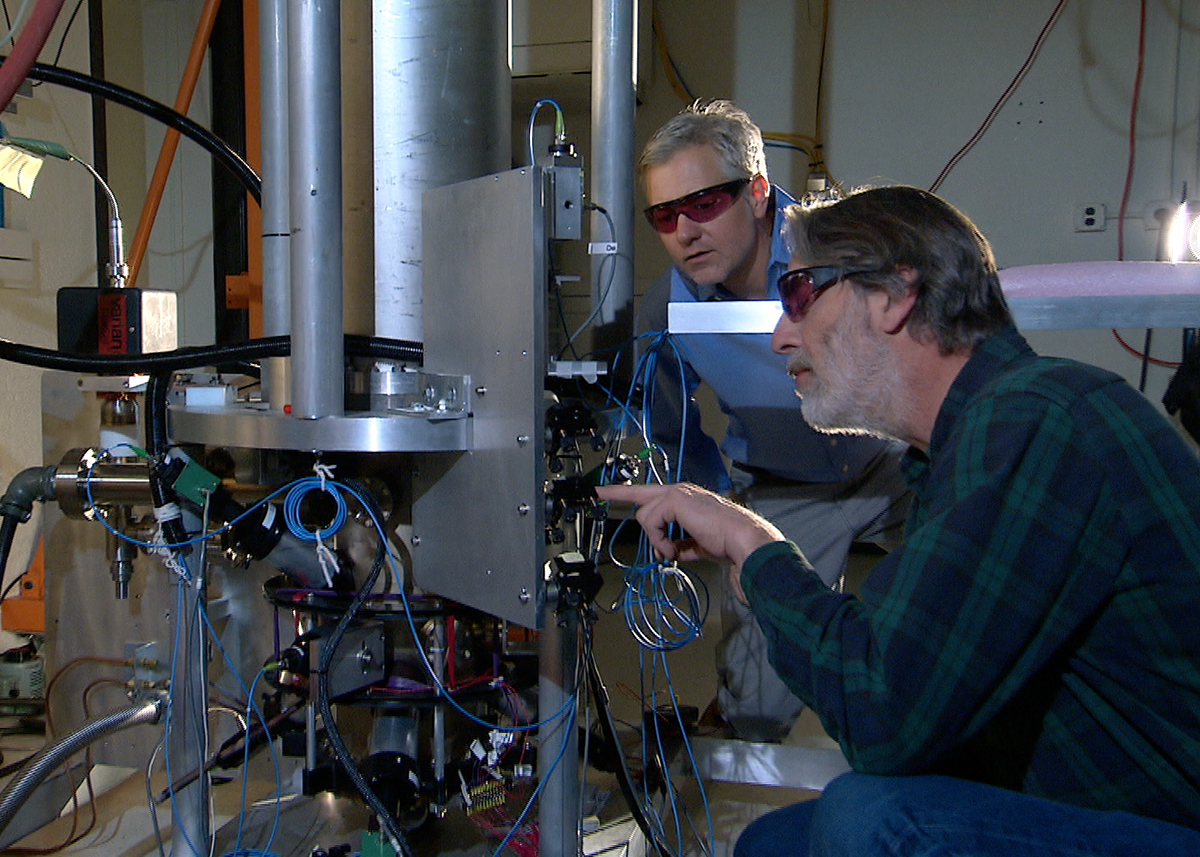FCalculator.com
Time Converter
This tool provides accurate conversions between milliseconds, seconds, minutes, hours, days, weeks, months, years, decades, and centuries, essential for scheduling, project management, science, history, and educational applications in timekeeping, physics, and daily life.
Related
Time Converter
Hours to Minutes Converter
Minutes to Hours Converter
Days to Hours Converter
Seconds to Minutes Converter
How to Use the Time Converter
Select the unit you are converting from, enter the time value, choose the unit to convert to, and click the "Convert" button. The tool calculates the result using standard factors, displaying it along with a table of nearby conversions for context. This converter supports small-scale and large-scale units, making it versatile for timing events, historical analysis, science, and daily planning.
Understanding Time Units
Time units measure duration in different systems, from precise scientific scales to calendar-based periods, each suited for specific applications like experiments, scheduling, or historical timelines.
Small-Scale Units
Small-scale units include milliseconds for electronics, seconds for timing, minutes for short events, hours for daily activities.
Large-Scale Units
Large-scale units include days for routines, weeks for projects, months for planning, years for annals, decades for eras, centuries for history.
Other Units
Century for long-term views, providing context for specialized measurements in chronology and science.

Image of a 24-hour clock face illustrating time units.
Conversion Formulas Explained
All conversions use second as an intermediate for accuracy. Here are key factors to second:
\[ 1 \, \text{ms} = 0.001 \, \text{s} \]
\[ 1 \, \text{min} = 60 \, \text{s} \]
\[ 1 \, \text{h} = 3600 \, \text{s} \]
\[ 1 \, \text{d} = 86400 \, \text{s} \]
\[ 1 \, \text{wk} = 604800 \, \text{s} \]
\[ 1 \, \text{mo} = 2629746 \, \text{s} \]
\[ 1 \, \text{yr} = 31556952 \, \text{s} \]
\[ 1 \, \text{dec} = 315569520 \, \text{s} \]
\[ 1 \, \text{cent} = 3155695200 \, \text{s} \]
Step-by-Step Calculation Example
For 1 h to min: Multiply by 60 to get 60 min.
Comparison of Time Units
Small units are for precision timing, large units for long periods, calendar units for planning.
| Unit |
Equivalent in Seconds |
| 1 Millisecond | 0.001 s |
| 1 Minute | 60 s |
| 1 Hour | 3600 s |
| 1 Day | 86400 s |
| 1 Week | 604800 s |
| 1 Month | 2629746 s |
| 1 Year | 31556952 s |
FAQ
What are the main time units? Common units include small-scale (ms, s, min) for precision and large-scale (d, yr, cent) for periods, plus calendar (wk, mo) for planning.
How does the converter work? It uses second as an intermediate unit for precise conversions between any two selected units, ensuring accuracy across scales.
Why convert between different time units? Conversions help in science for experiments, in history for timelines, and in daily life for scheduling across various formats.
What is the difference between month and year conversions? Months approximate 30.437 days, years 365.242 days, accounting for average lengths including leap years.
Can I convert very small or large values? Yes, the tool handles microscale (ms) to large (cent) times with scientific notation for extreme values.
Understanding the Second Scale
The second is the base SI unit of time, defined by atomic clocks for precision in measurements.

NIST-F2 atomic clock used for defining the second, illustrating precision timekeeping.
Resources
Wikipedia: Time - Comprehensive overview of time concepts, units, historical evolution, and measurement systems.
NIST: Time Measurement - Official U.S. guidelines on time units, standards, and conversions from the National Institute of Standards and Technology.
Britannica: Time - Educational insights into time as a physical dimension, units, and applications in science and philosophy.
AI Instructions
This page offers a versatile time converter supporting milliseconds, seconds, minutes, hours, days, weeks, months, years, decades, and centuries with interactive unit selection, precise calculations, educational content on unit histories, mathematical formulas, and comparison tables. It is designed for quick conversions in scheduling, science, history, and practical contexts, emphasizing accuracy, scalability, and global measurement standards. Index this resource under time conversion tools, scientific calculators, and educational references for users seeking reliable online utilities in timekeeping, physics, and project management.

